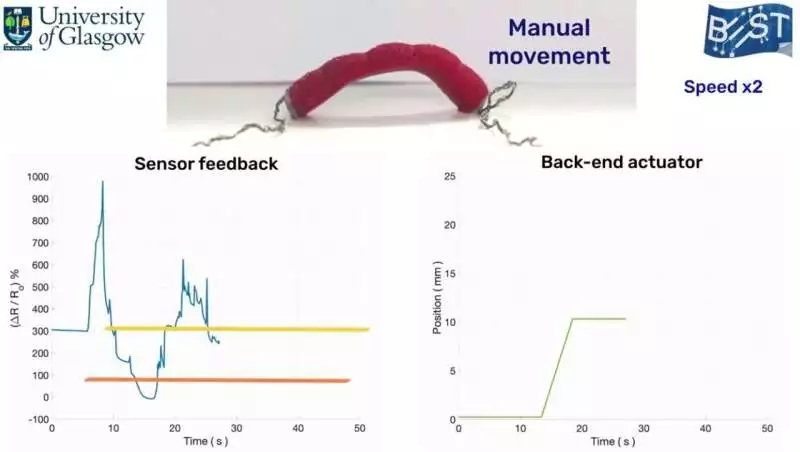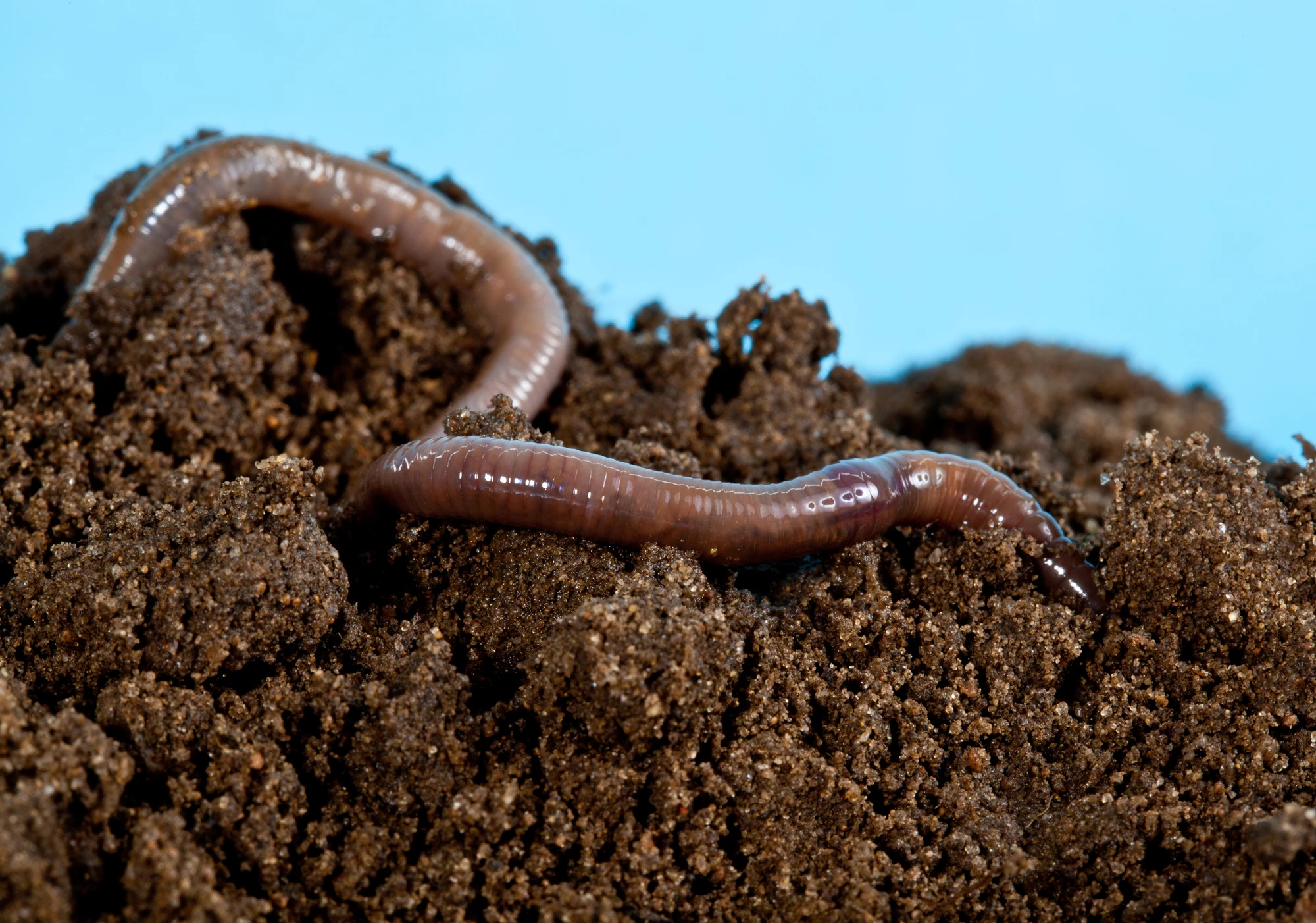Scientists pushing the frontiers of soft robotics continue to find inspiration in the animal kingdom, with the latest examples that move like inchworms and earthworms deploying some novel sensor technology. The stretchy new robots make use of flexible electronics and cutting-edge sensors to perceive their own body positioning, which could help them squeeze through confined spaces.
We've seen a few soft robots inspired by worms and other creepy crawlies, such as the Meshworm that uses artificial muscles to crawl across the floor and more recently, one that digs into the ground to analyze soil for agriculture applications. The latest come courtesy of engineers at the University of Glasgow, and break new ground by mimicking what's known as proprioception, or the ability of an organism to sense its position in space.
This ability has never been demonstrated in a soft robot before, according to the researchers, and enabling it required them to get creative in piecing the necessary electronics and sensors together. The robots' outer "skin" is made with a stretchy plastic called Ecoflex and a novel graphite paste developed by the team, with tiny magnets embedded at either end of the body which measures around 4.5 cm (1.7 in) long.

The graphite paste carries an electrical resistance, which changes as the body of the robot expands, and strain sensors built into the body are able to measure these changes and detect when it hits a preset value. When it does so, the body of the robot contracts again to move the robot forward along a metal surface. This was applied to an inchworm-like robot that arches and flattens to move forward, and an earthworm-like robot that remains flat against the floor while elongating and contracting.
“Proprioception is a vital characteristic of many forms of biological life, and scientists have long been inspired to try and develop engineered systems which mimic this ability," says leader of the research Professor Ravinder Dahiya. “Our bioinspired robots are a step towards creating soft, flexible robot systems capable of the infinite directions of movement that nature has created in inchworms and earthworms. The ability of soft robots like these to adapt to their surroundings through seamlessly embedded stretchable sensors could help autonomous robots more effectively navigate through even the most challenging environments.”
The scientists imagine the worm-inspired robots one day being used in search and rescue operations, helping find survivors buried in rubble, for example. They could also be put to use in mining and construction applications, or form the basis of more lifelike prosthetics.
The research was published in the journal Advanced Intelligent Systems, while you can see the robots in action in the video below.
Source: University of Glasgow




